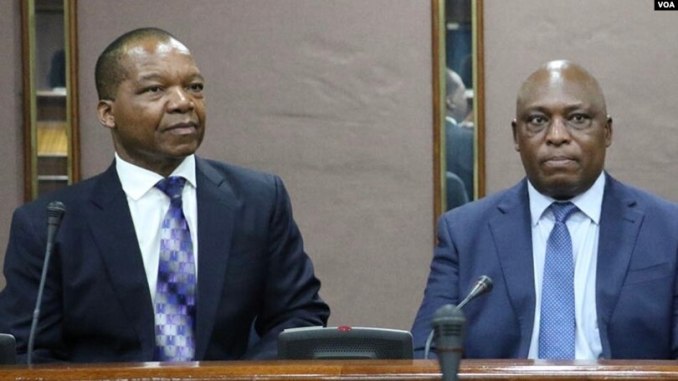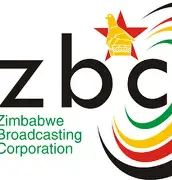By Ross Moyo
Zimbabwe’s new gold-backed currency, the Zimbabwe Gold (ZiG), continues to face widespread skepticism, despite the Reserve Bank of Zimbabwe’s (RBZ) strong assertions about its stability and full reserve backing.
Introduced in April 2024 by RBZ Governor Dr. John Mushayavanhu, who succeeded Dr. John Mangudya, the ZiG was launched with the aim of restoring confidence in the country’s monetary system. Mangudya had reportedly left behind sufficient gold reserves to support the currency, and the launch was backed by President Emmerson Mnangagwa and the broader government.
Despite these efforts, public confidence in the ZiG remains low. Memories of past economic instability, including hyperinflation and repeated currency failures, continue to cast a long shadow over the new initiative. The ZiG marks Zimbabwe’s sixth attempt at introducing a national currency in just 15 years.
Although the RBZ claims the currency is backed by over 100% in reserves — including 2.5 tons of gold and $100 million in foreign assets — many Zimbabweans continue to favor the U.S. dollar for daily transactions. The gap between official and parallel market exchange rates also underscores a lack of trust, as the ZiG often trades below its formal value on the black market.
Recent figures show some traction, with the RBZ reporting that ZiG usage rose from 26% in April to 43% of all transactions in May. The central bank also maintained its benchmark interest rate at 35%, citing improved exchange rate stability and reporting total reserves of $701 million.
Despite these developments, the uptake of ZiG remains cautious. Even with support from the International Monetary Fund, which acknowledged the ZiG’s potential to become a full-fledged national currency, doubts persist among consumers and international investors alike.
Governor Mushayavanhu remains resolute, stating: “ZiG is our national currency, and we are committed to ensuring its success by maintaining all the fundamental characteristics of sound money, including its function as a reliable store of value.” He also emphasized the importance of managing money supply and ensuring monetary stability, lessons he says the RBZ has learned from previous failures.
Finance Minister Professor Mthuli Ncube echoed this optimism, projecting that successful monetary reforms could unlock $2.6 billion in bridge financing by mid-2026.
However, international investors remain wary. Jetro Siekkinen of LGT Capital Partners remarked, “We wouldn’t invest in Zimbabwe at the current stages. The country needs to have a lot more development before we would consider it.”
Analysts also point to broader concerns: limited reserve transparency, lingering inflation, low import cover — currently at just 0.8 months compared to the IMF-recommended three — and a powerful black market all continue to undermine confidence in the ZiG.
Ultimately, unless the government delivers greater policy credibility, transparency, and economic stability, the future of the ZiG remains uncertain — with trust still the currency in shortest supply.















Comments